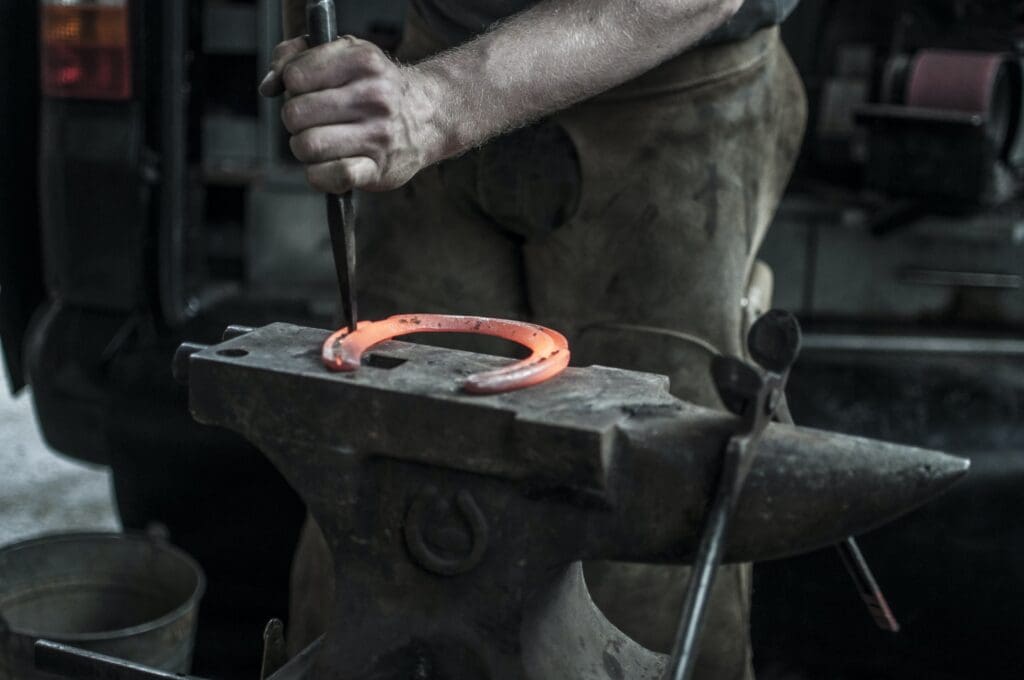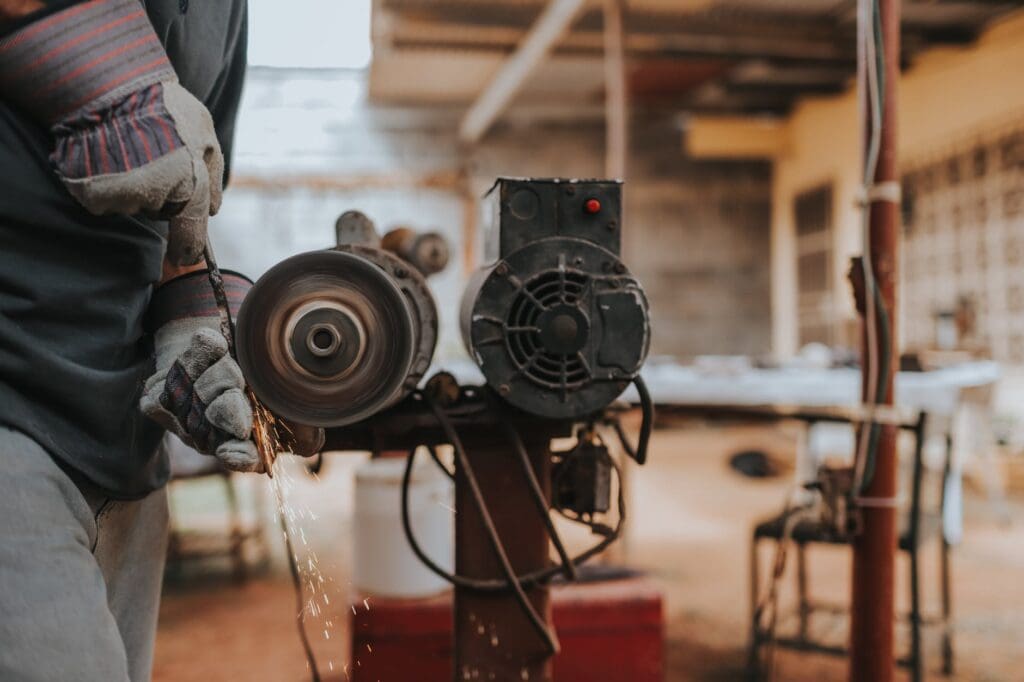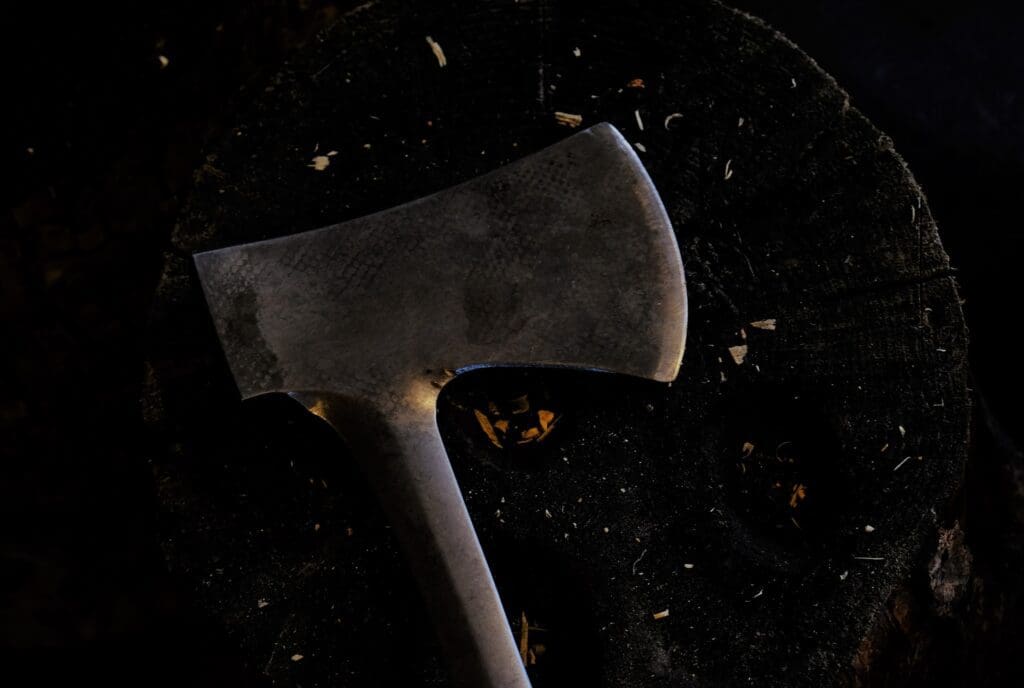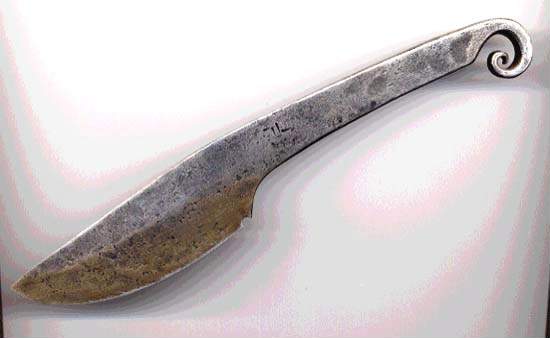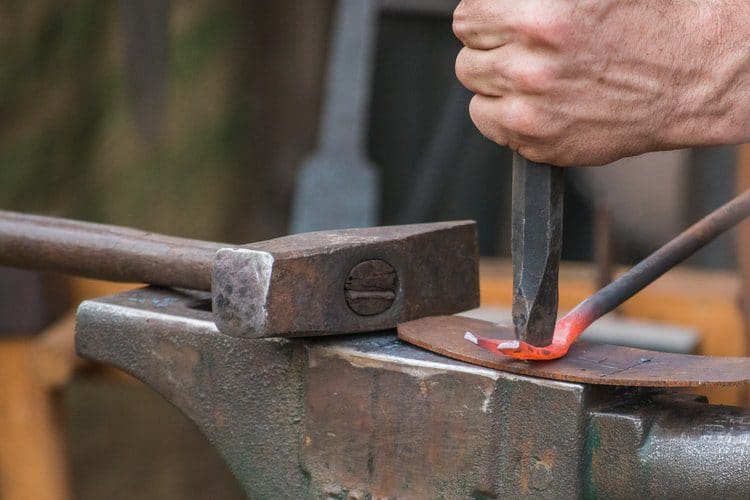
Ceramic Fiber Blanket Insulation For Your Homemade Blacksmith Forge (Hearth)
Blacksmithing, as a Hobby?
On a surface level, blacksmithing as a hobby may not seem practical. Heavy industrial equipment, extreme heat, and scraps of metal don’t seem like something you would want to deal with in your yard or workshop. Yet, blacksmithing as a hobby exists and it is easier to get involved than you think.
The basic essentials for blacksmithing in your back yard are:
- Scrap metal
- Torch
- Anvil
- Hammer
- Vice, Clamp, Tongs
- Forge
Blacksmithing is a form of art, but you don’t have to be an artist to blacksmith. Every artist needs some type of canvas. The blacksmith’s canvas is metal. Of course you can purchase metals of various shapes and sizes to suite your projects but the real beauty of blacksmithing is being able to recycle scrap metal and turn it into a tool and/or a work of art.
In order to reshape metal you need heat, intense heat. Most metals used in blacksmithing have a melting point from 1200 to 3000 degrees F. If you can manage to build a fire in a insulated area (i.e. a firepit dug into the ground, where there is dirt or something else can contain heat from above) it is possible to reshape metals in this lower range, but it is preferable to have a torch. A oxygen-fed propane torch can generate heat up to 4600 degrees F but an air-fed propane torch (which can heat up to 3600 degrees F) can accomplish most projects.
You need tools to reshape your heated scrap metal. An anvil, a hammer, and something to hold the hot metal (vice, clamp, tongs) are a must for a blacksmith. When I first saw an anvil I remember being puzzled by its shape:
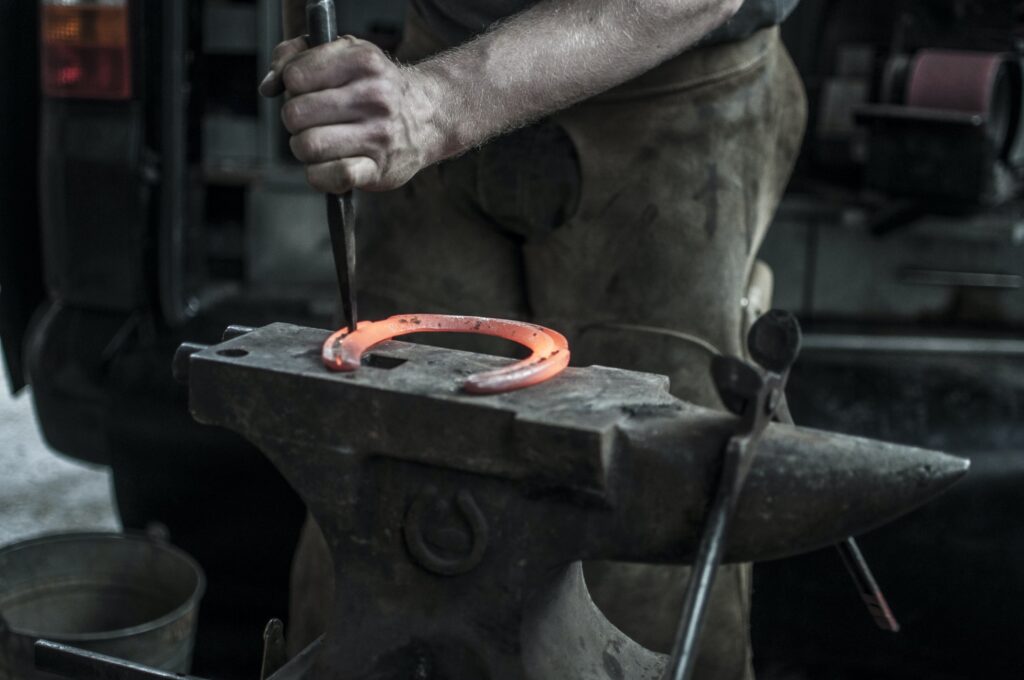
Notice how the anvil above provides both a flat and a curved surface for the blacksmith to shape his metal.
The items listed so far don’t seem too extreme. What initially prevents some aspiring blacksmiths from pursuing this hobby is the need for a forge. One might think that a forge must be a large, industrial device, but this is not the case.
What is a Forge?
A blacksmith purist will state that the aforementioned forge is actually a hearth, an area or device used to heat metal. To the purist, a metal workshop containing a blacksmith is called a forge, but most internet videos of hobbyists will state that their homemade hearths are forges.
Simply put, a forge (hearth) is a device or area where the metal is heated. This device needs to:
- contain heat very well
- allow for air/gas flow in order to intensify heat
There are many different designs that can be used to fabricate a forge. Hobbyists have used scrap bricks, recycled metal tanks, and even paint cans. Most of these designs share the following characteristics:
- an insulated space where the metal will be heated
- a port used to fit a torch
- a clean-out (access to clear ash)
Multiple types of material are available for insulation when making a blacksmith forge, such as scrap bricks, ceramic bricks, and refractory cement. But the insulation of most backyard forges will benefit from the use of ceramic fiber blanket. Ceramic fiber blanket maintains the expected characteristics of a excellent insulator: flame resistant, low thermal conductivity, thermal shock resistant. It is also chemical resistant, lightweight, and easy to shape and manipulate. Ceramic fiber blanket can be used alone or it can be combined with other materials to insulate a homemade forge.
What Do Blacksmith Hobbyists Make?
Blacksmithing can be a very intriguing hobby, but it can also be a dangerous one. Great care and preparation are required in order to fabricate metal tools, utensils, and art effectively and safely, but if you decide to take up this intriguing hobby one can make some really interesting things:

